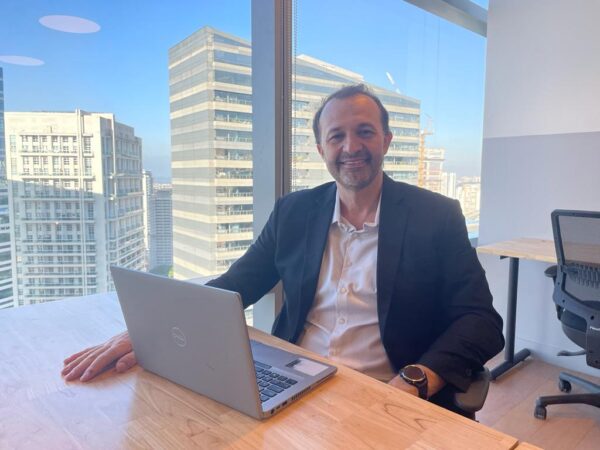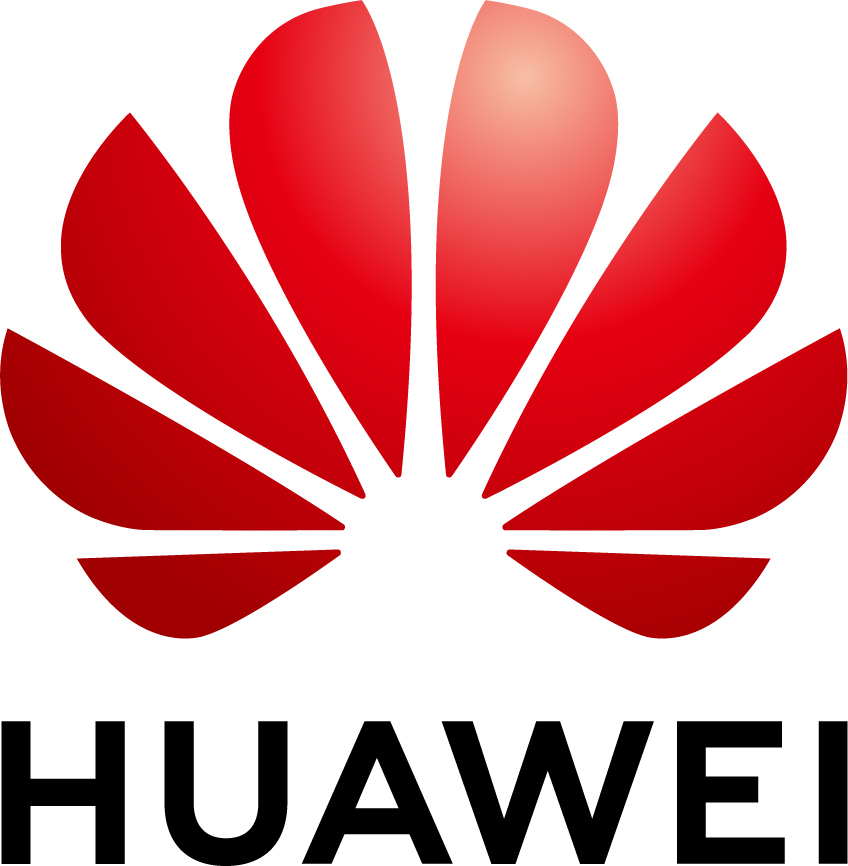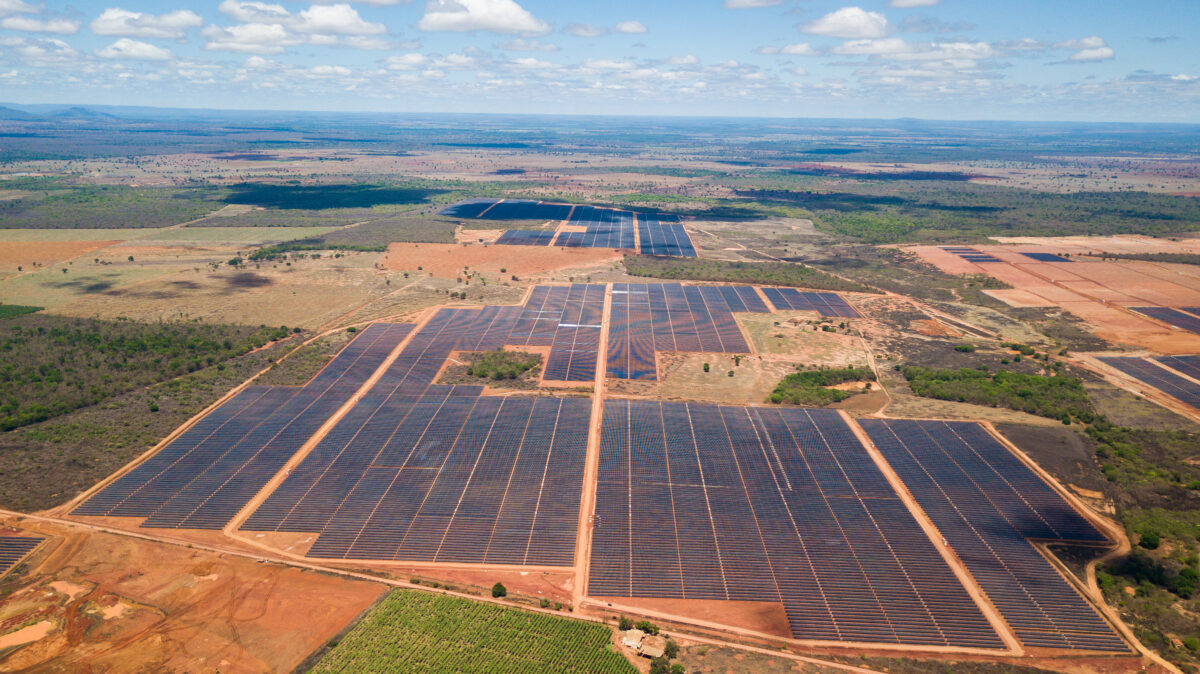In Brazil, Elera Renováveis, a subsidiary of Brookfield Renewables, has selected Huawei to supply inverters for the two phases of the 1.2 GWp Janaúba solar project in the city of the same name in the Brazilian state of Minas Gerais. It is one of the largest operational solar generation assets in Latin America.
The Janaúba project consists of 20 plants, each with a 50 MW generation capacity Grid connection has been carried out gradually, as each plant was completed.
Some 2.2 million bifacial photovoltaic modules, with rated capacities of 535 Wp, 540 Wp, and 545 Wp, were supplied by manufacturers for both first and second phases.
The 20 solar parks – which are spread over an area of 3,069 hectares – will generate enough electricity to power 1.8 million Brazilian households and will eliminate more than 4.3 million tons of CO2 emissions.
It is important to note that all the plants have power purchase agreements (PPAs).
The inverters chosen for the project were Huawei’s smart string inverter SUN2000-185KTL-H1 for the first phase, with 4,116 units, and 1,512 SUN2000-215KTL units for the second phase. In this regard, Alberto Lopes, Vice President of Engineering and Construction at Elera Renováveis, explains that “the Huawei string inverter was chosen by considering the benefit of distributed architecture, compared to other market options.”
“The main advantage,” Lopes adds, “is that should an inverter fail, the power lost is not so big, and Huawei inverters have extremely high availability.”
More from our partners
In addition to this, Lopes points out other particularities of the inverters: “In the Huawei smart string solution, the technology of the equipment, and the facility of the management of the information are a huge benefit for the quality and reliability of the energy’s commercialization.”
The project is located in the city of Janaúba, 553 km from the city of Belo Horizonte, the capital of Minas Gerais, and 879 km from the port of Salvador, the capital of Bahia state. Lopes says there were no major logistical problems. “The main difficulty was the lack of specialized local labor for electrical and mechanical activities,” he says. “Elera faced this issue by promoting training for the local labor force in partnership with EPC [engineering, procurement, and construction services] providers.”

Image: Huawei
Referring to the workforce employed, Lopes puts the figure at 3,689 employees during the construction of the first phase while the second phase required 2,245 people. “Seventy percent of the workforce was local, from Janaúba and the nearby community of Quem Quem,” he adds.
All in all, if indirect jobs are also added, this means the creation of around 11,000 jobs.
Finally, it should be added that the company has invested $10 million into the neighboring community for environmental and social projects, vocational training, and the rehabilitation of public spaces, among other actions.
This content is protected by copyright and may not be reused. If you want to cooperate with us and would like to reuse some of our content, please contact: editors@pv-magazine.com.



2 comments
By submitting this form you agree to pv magazine using your data for the purposes of publishing your comment.
Your personal data will only be disclosed or otherwise transmitted to third parties for the purposes of spam filtering or if this is necessary for technical maintenance of the website. Any other transfer to third parties will not take place unless this is justified on the basis of applicable data protection regulations or if pv magazine is legally obliged to do so.
You may revoke this consent at any time with effect for the future, in which case your personal data will be deleted immediately. Otherwise, your data will be deleted if pv magazine has processed your request or the purpose of data storage is fulfilled.
Further information on data privacy can be found in our Data Protection Policy.